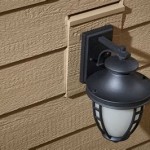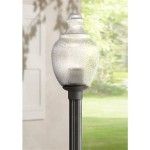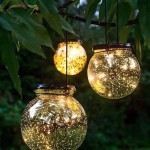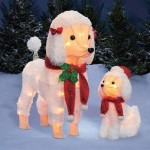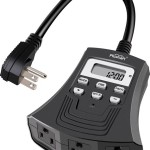Essential Aspects of Outdoor Low Voltage Lighting Ideas
Crafting an inviting and functional outdoor space requires careful consideration of lighting. Low voltage lighting offers a myriad of benefits, including energy efficiency, versatility, and safety. Here are some essential aspects to keep in mind when designing your outdoor low voltage lighting scheme:
1. Purpose and Placement
Determine the primary purpose of your lighting. Is it for safety, security, or creating ambiance? Establish the areas that need illuminating, such as pathways, steps, or seating areas. Consider the optimal placement of fixtures to maximize light distribution and minimize glare.
2. Fixture Selection
Choose fixtures that complement your outdoor decor and withstand the elements. Opt for durable materials like aluminum, stainless steel, or composite materials. Consider the style of fixtures and the emitted light color (warm or cool white). Uplights and downlights offer different effects, so select fixtures that achieve your desired ambiance.
3. Voltage and Transformer
Low voltage lighting typically operates between 12-24 volts. A transformer is required to convert household voltage to the lower voltage. Choose a transformer with sufficient wattage to power the fixtures you plan to use. Proper installation and protection of the transformer are crucial.
4. Wiring and Installation
Low voltage lighting systems require specific wiring techniques. Hire a qualified electrician if you're not comfortable with electrical work. Use direct-burial cables and ensure all connections are weatherproof. The wiring should be concealed underground or within conduits.
5. Lighting Techniques
Experiment with different lighting techniques to achieve dramatic effects. Uplighting trees and shrubs creates a captivating silhouette, while path lighting guides visitors safely and enhances curb appeal. Accent lighting highlights architectural features or focal points in the landscape.
6. Energy Efficiency
Low voltage lighting is inherently energy-efficient due to its reduced voltage. Use LED fixtures for even greater energy savings and longevity. Consider using LED bulbs that mimic the warm glow of incandescent lamps for a more inviting ambiance.
7. Safety Considerations
Safety should be paramount in all outdoor lighting projects. Ensure fixtures are weatherproof and rated for outdoor use. Use shielded fixtures to minimize glare and prevent light pollution. Place fixtures strategically to avoid creating tripping hazards.
8. Maintenance
Proper maintenance ensures the longevity and effectiveness of your outdoor lighting system. Regularly clean fixtures to remove dirt and debris. Check for loose connections or damaged wires, and promptly address any issues to maintain optimal performance.
Conclusion
By considering these essential aspects, you can design an outdoor low voltage lighting scheme that enhances the functionality, ambiance, and safety of your outdoor space. Remember to always prioritize safety, consult with professionals if needed, and take pride in creating a well-lit and inviting outdoor haven.

Line Voltage And Low Landscape Lighting Ideas

New Age Pathway Lights Kit Low Voltage Lighting Kits By Kerr Knew

How To Install Low Voltage Outdoor Landscape Lighting 1000bulbs Blog

10 Best Outdoor Lighting Ideas Landscape Design Secrets A Piece Of Rainbow

Diy Low Voltage Landscape Lighting Ideas

How To Install Low Voltage Landscape Lighting For The Diy Er

Planning Your Low Voltage Outdoor Landscape Lighting 1000bulbs Blog

Types Of Outdoor Lighting For Landscapes

Illuminate Your Deck Patio Or Garden With Low Voltage Outdoor Lighting Sposato Irrigation

Low Voltage Lighting In St Louis Landscaping Options
